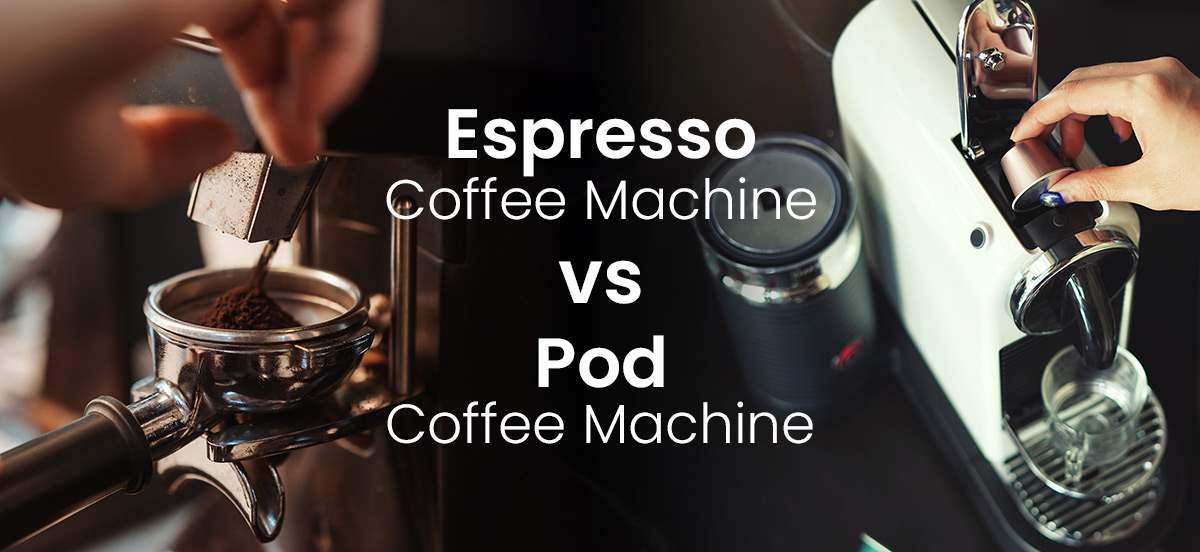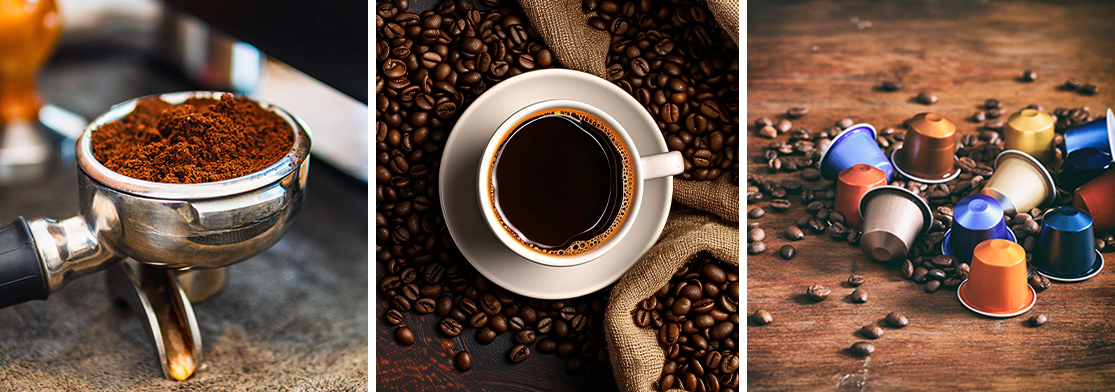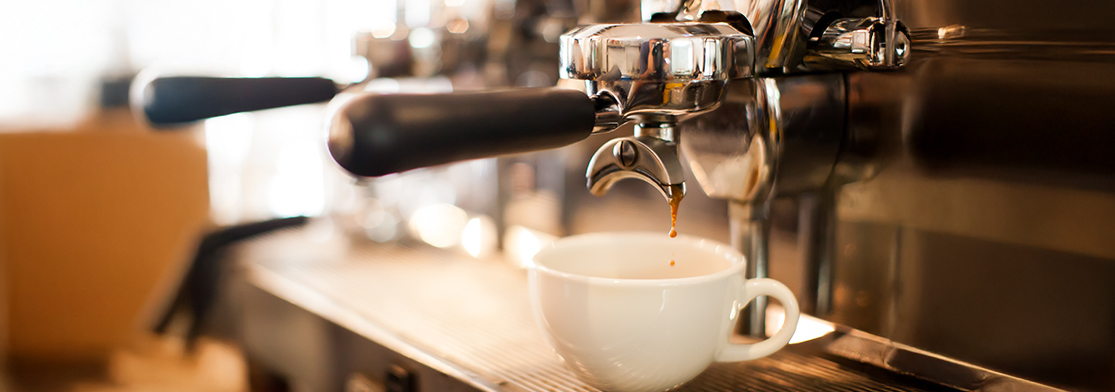Blog
Espresso coffee machine vs pod coffee machine? The real difference is in the cup

In recent years, more and more people have decided to bring espresso into their homes. Kitchens have filled with all kinds of coffee machines, from the simplest and most automatic to those designed to deliver a result similar to that of a café. In this context, many ask: is an espresso coffee machine or a pod machine better?
The answer isn’t just a matter of convenience or time. It depends on what you truly seek in a cup of coffee. For those who simply want a hot drink in the morning, perhaps at the push of a button, pods may seem convenient. But those searching for real espresso—the dense, creamy one with an aroma that fills the room—soon realize the difference is vast. An espresso coffee machine is not just a tool: it’s part of a ritual, a sensory experience, a culture as rooted in Italy as fresh bread. Here’s why.
What sets an espresso coffee machine apart from a pod machine
The espresso coffee machine works with freshly ground coffee. The heart of the system is the portafilter, the same one used in professional café machines. The boiler, usually made of brass or steel, heats the water and pushes it through the coffee with stable pressure, typically between 8 and 9 bars. The result is an intense beverage with a natural, dense, and persistent crema.
On the other hand, pod machines work with pre-packaged capsules. The user has no control over the blend, grind, dose, or temperature. The coffee inside is often ground and packed weeks (if not months) before use. This results in a less vibrant taste and a crema often created by additives or artificial pressure rather than authentic extraction.
With an espresso machine, however, each coffee is different: it changes with the blend, humidity, grind. Most importantly, it changes with the person preparing it. This degree of customization is what turns espresso into an experience, not just a drink.

The real benefits of a home espresso machine
Choosing an espresso machine means choosing quality, freedom, and greater involvement in the preparation process. The benefits are concrete and noticeable from the first use.
- Total control: you decide everything. From the type of coffee to the dose, from pressure to temperature (on more advanced models). This allows you to find your perfect balance, cup after cup.
- Superior cup quality: compact crema, full body, rich aroma. Coffee properly extracted with an espresso machine has a structure no pod can replicate.
- Professional materials: many home espresso machines are built with stainless steel, brass or steel boilers, and 58 mm portafilters. They’re designed to last years and offer solidity comparable to café models.
- Environmentally friendly: no plastic, zero aluminum, no capsules to dispose of. Only coffee grounds, 100% compostable. It’s a sustainable choice that’s also good for the planet.
- More variety with milk-based drinks: nearly all espresso coffee machines are equipped with a steam wand or integrated frother. This makes it easy to prepare cappuccinos, flat whites, macchiatos, or simply hot milk foam. Unlike capsules, which are limited to espresso, with an espresso machine you can truly expand your experience.
- More authentic experience: the time you spend preparing becomes a little moment for yourself. Grinding, tamping, watching the extraction: every gesture has meaning, making the coffee even more enjoyable.
Many users who start with an espresso machine never go back. The quality leap is clear, creating a new connection with the most beloved drink in Italy.
Why a pod machine isn’t a true alternative
Pods were created for simplicity. And in some ways, they succeed: they’re quick, clean, and require no expertise. But it’s in this simplicity that their limitations lie.
Coffee is a living product, sensitive to oxygen, light, and humidity. Once ground, it starts losing its aromatic oils within hours. Pods interrupt this process artificially through packaging, but what ends up in your cup is a compromise. No customization, no strong aroma when opening the pack, no natural crema. Furthermore, the cost per dose is higher. And the environmental impact is significant: each pod is waste that is not always recyclable, often made of mixed plastic and aluminum.
Lastly, the sense of control is completely lost. You can’t improve your coffee, learn, or experiment. Every cup is identical to the last. Convenient, yes. But also a bit boring.
The right choice for true coffee lovers
An espresso coffee machine requires a bit of dedication. You need to learn how to dose, tamp, and understand extraction. But it’s precisely in this process that the satisfaction lies. And today, you no longer need to be an expert to get great results at home.
There are simple models, designed for beginners, that already offer excellent performance. Some of the most loved espresso machines—like the Rancilio Silvia or the Gaggia Classic E24—are chosen by those who want a semi-professional approach without too many automated features. A good grinder and a quality blend are enough to make an espresso that rivals any café.


